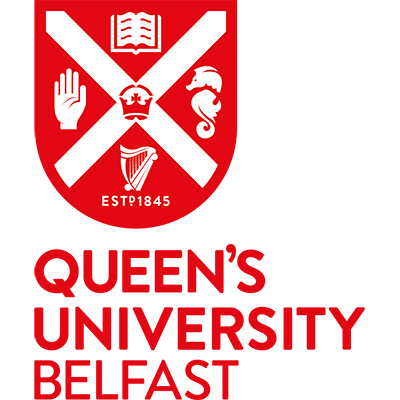Wireless Communication Systems that can withstand Natural Disasters and Save Lives

Sponsored by

Sponsored by

Wireless Communication Systems that can withstand Natural Disasters and Save Lives
Researchers at Queen’s University Belfast have designed and implemented a resilient and agile wireless communications system in Vietnam that provides seamless connectivity to relief authorities and workers when telecommunications infrastructure is significantly impaired. The integrated heterogeneous wireless system (IHWS) can overcome communication failures resulting from telecommunications networks that are severely damaged by natural disasters.
Natural Disasters kill an average 60,000 people per year. When they strike, the physical destruction caused by floods, typhoons and storms can often cause catastrophic damage to communication and power supply networks in the affected area. For disaster management workers, such as fire brigades, rescue teams, and emergency medical services, effective and efficient communication systems are often the difference between life and death. They are critical in providing timely warnings ahead of disaster and are crucial for the response and recovery following a catastrophic event.
Vietnam is among the 10 countries worldwide most affected by natural disasters and extreme climate events, affecting over 4,000,000 people with economic losses estimated at over £1,900,000,000.
Previously used commercial solutions for communication under extreme weather conditions only had short-range coverage and limited connectivity and were not applicable in disaster-prone countries with isolated widespread rural areas and large-scale disaster scenarios. There was an urgent need to develop new approaches to overcome these limitations.
Queen’s researchers designed and implemented a Catastrophe-Tolerant Heterogeneous Telecommunications Network.
The system, which was developed in association with Duy Tan University, Nong Lam University and Thuyloi University Vietnam acts as a Telecommunications Network that integrates conventional wireless sensor networks (WSNs), and mobile cellular networks (MCNs) to capture environmental events and provide information into disaster recovery agencies.
The solution offers a resilient, robust, flexible, and agile wireless communications design that can provide seamless connectivity even under critical conditions, such as destroyed telecommunication or electricity infrastructure.
The system also provides early warning of natural disasters by detecting water level, vibration, and wind. In cities, the IWHS can detect increases in dust, temperature, noise, and carbon dioxide levels.
The work won the prestigious 2017 Newton Fund Prize awarded by the UK Government. At the award event the British Ambassador to Vietnam, said: "International cooperation with a diversity of ideas, views and good practice plays a very important role in research and innovation".
In Central Vietnam, the IHWS is implemented in two closely located areas, Quang Nam Province and Da Nang City (1,300,000 inhabitants). Populations in this area are particularly vulnerable to natural disasters.
We’re committed to making a meaningful impact on the world. A community of innovators, disruptors, and change-makers, we’re working with industry to broaden our translational impact to help tackle the global challenges of our age. Read more about how our research shapes worlds.
Learn more about Queen’s University’s commitment to nurturing a culture of sustainability and achieving the Sustainable Development Goals (SDGs) through research and education. Read more here.